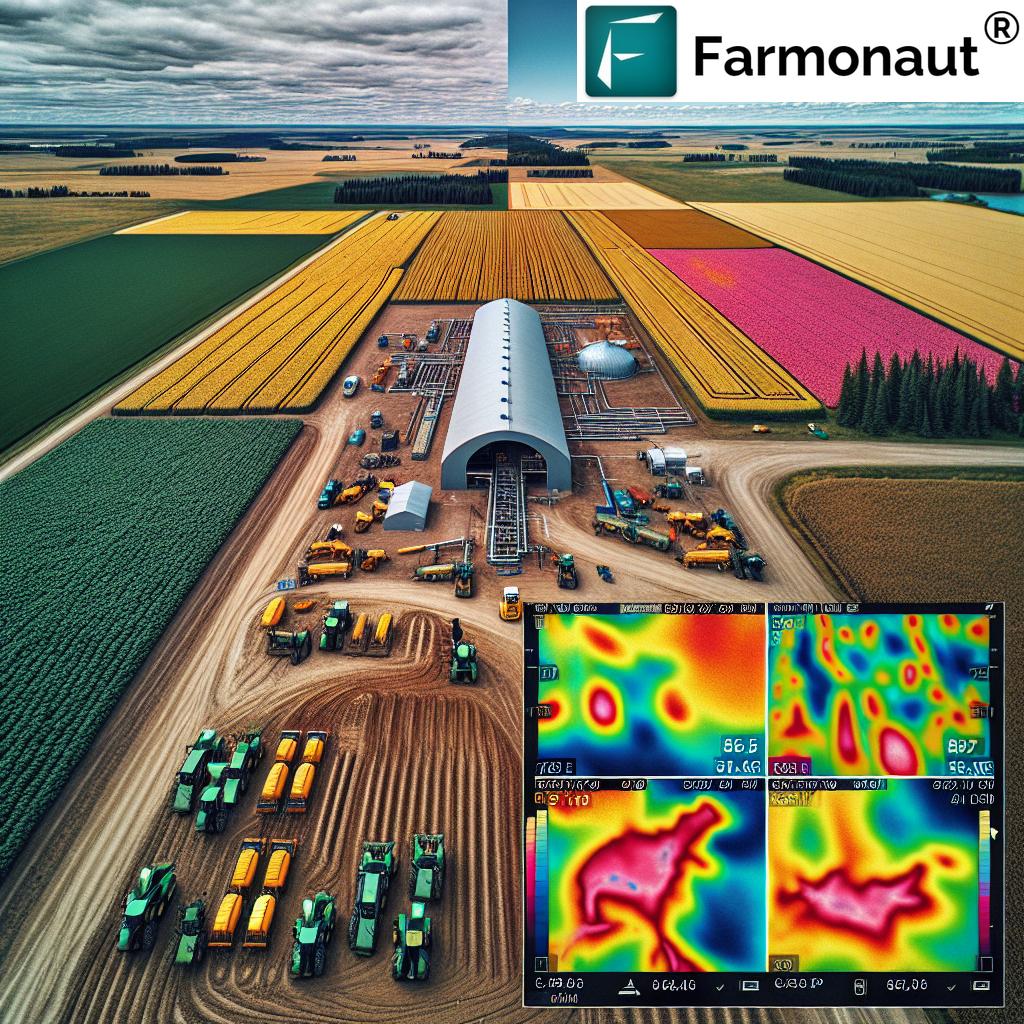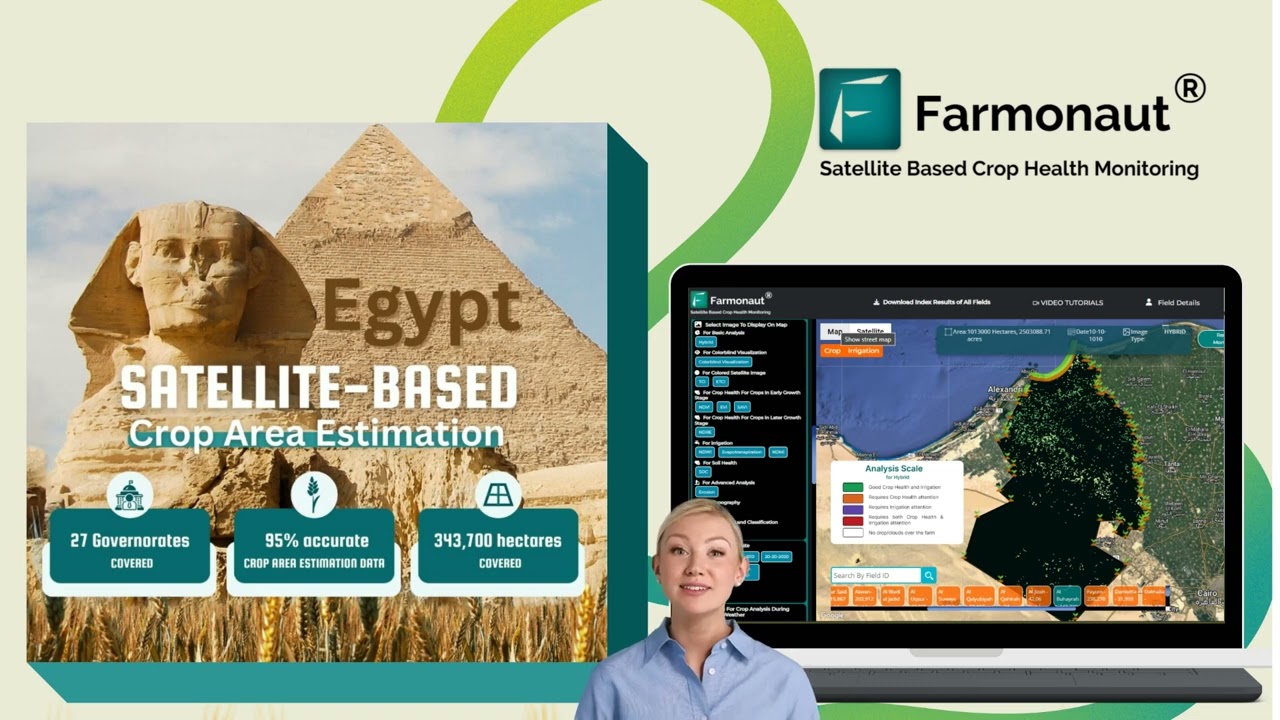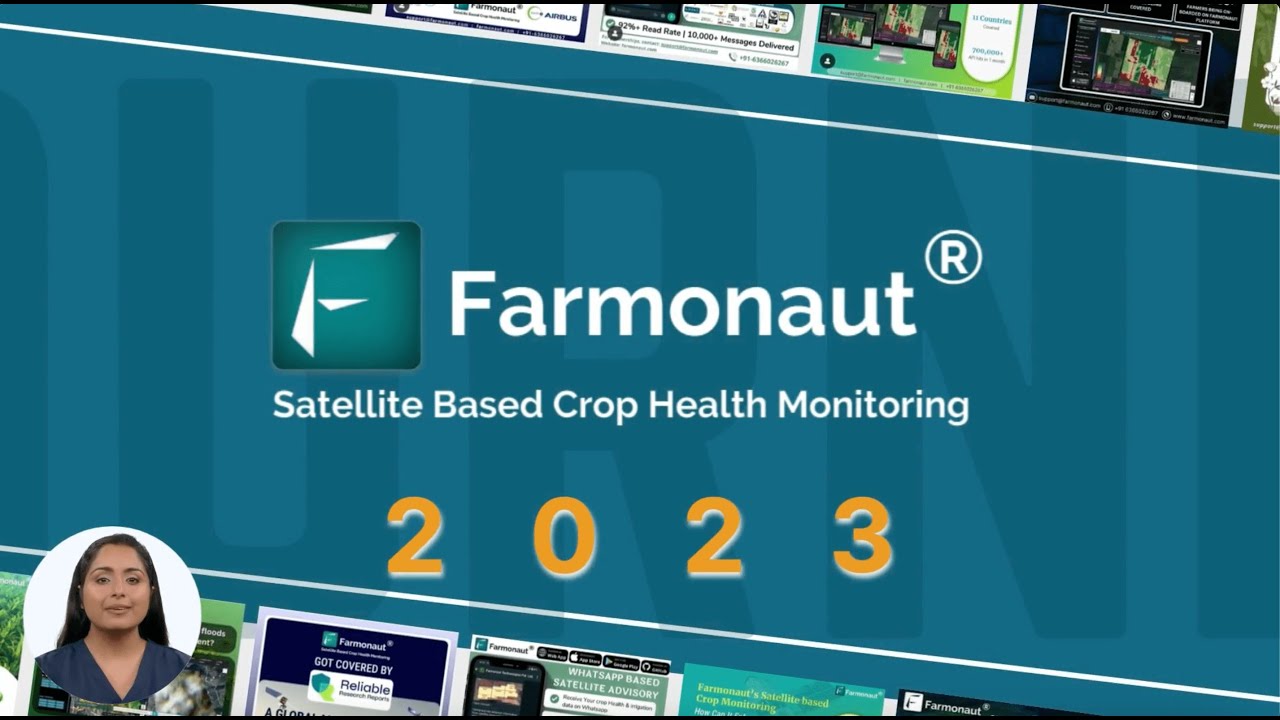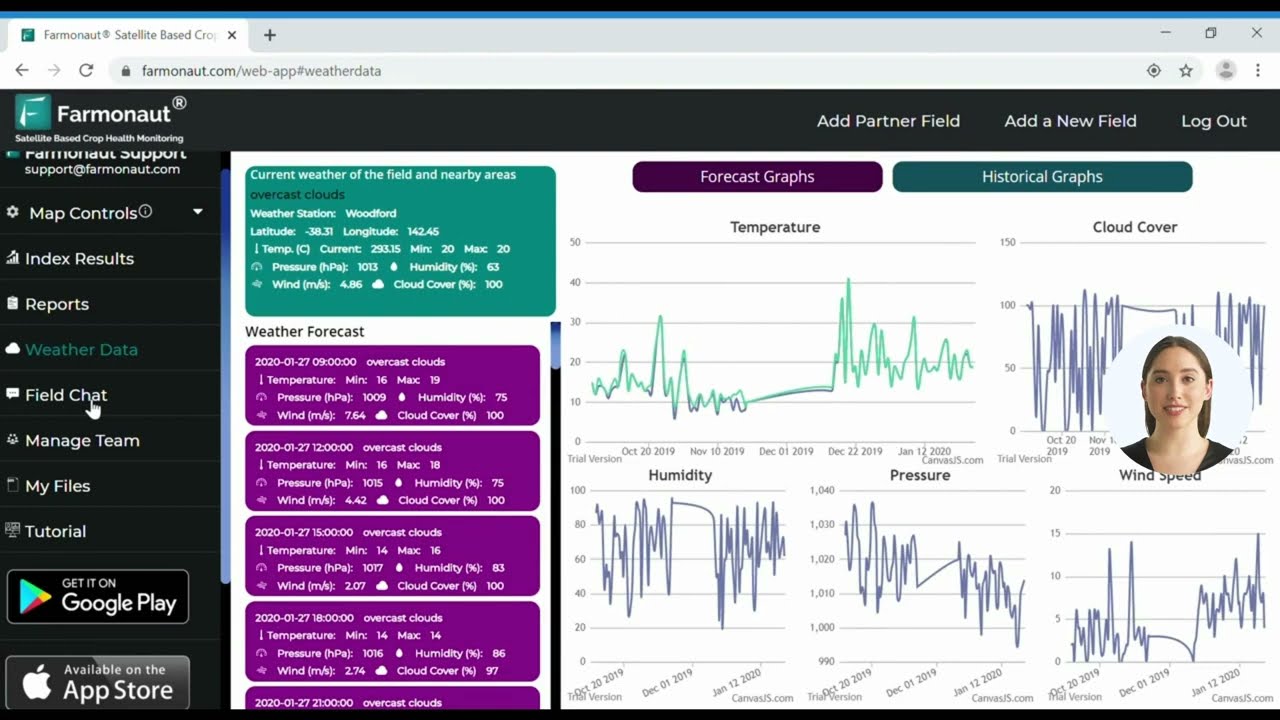Alberta Farms Strengthen Biosecurity: Innovative Technology and Protocols Safeguard Livestock in 2024
“Alberta’s pig industry maintains PED-free status through innovative biosecurity measures and data management systems in 2024.”
As we delve into the world of Canadian agriculture in 2024, we find ourselves at the forefront of a biosecurity revolution. The Alberta farm industry, particularly its robust pig sector, has emerged as a beacon of innovation in the fight against Porcine Epidemic Diarrhea (PED). This highly contagious disease has been a significant concern for farmers across provinces, prompting a multifaceted approach to enhance farm safety protocols and implement cutting-edge agricultural disease prevention strategies.
In this comprehensive guide, we’ll explore how Alberta’s agricultural landscape is transforming through the integration of precision agriculture tools, advanced livestock management technology, and stringent biosecurity measures for farms. We’ll uncover the innovative approaches that have allowed the province to maintain its coveted PED-free status and set new standards for farm safety across Canada.
The PED Challenge and Alberta’s Proactive Stance
Porcine Epidemic Diarrhea is a viral disease that poses a significant threat to swine populations. It causes severe diarrhea and dehydration, particularly devastating for piglets, often resulting in high mortality rates. The spread of PED can have catastrophic consequences for pig farmers, impacting both animal welfare and economic stability.
Alberta’s success in remaining PED-free is not a matter of chance but a result of concerted efforts and innovative strategies. Let’s break down the key components of this success:
- Rigorous biosecurity protocols
- Advanced disease monitoring systems
- Collaborative efforts between industry and government
- Implementation of cutting-edge farm technology
- Comprehensive education and training programs for farmers
Innovative Technology Driving Biosecurity
At the heart of Alberta’s biosecurity success is the adoption of innovative technology. Precision agriculture tools have revolutionized how farmers monitor and manage their livestock. These tools provide real-time data on animal health, environmental conditions, and potential disease indicators.
Farmonaut, a leading provider of advanced agricultural solutions, offers satellite-based farm management tools that have become instrumental in enhancing biosecurity measures. While not directly involved in PED prevention, Farmonaut’s technology contributes to overall farm management efficiency, which indirectly supports biosecurity efforts.
Key technological advancements include:
- Real-time health monitoring systems: Sensors and wearable devices for animals that track vital signs and behavior patterns.
- Environmental control systems: Automated systems that maintain optimal temperature, humidity, and air quality in barns.
- Data management platforms: Centralized systems for collecting, analyzing, and reporting farm data, crucial for early disease detection.
- AI-powered predictive analytics: Algorithms that can predict potential disease outbreaks based on historical and real-time data.
These technologies not only enhance biosecurity but also contribute to overall farm efficiency and animal welfare.
Enhanced Communication and Collaboration
One of the cornerstones of Alberta’s biosecurity strategy is the emphasis on enhanced communication and collaboration among stakeholders. This approach has been critical in creating a unified front against PED and other potential threats.
“Canadian farmers combat Porcine Epidemic Diarrhea (PED) across provinces with enhanced communication efforts and transportation risk mitigation strategies.”
Key initiatives include:
- Regular town hall meetings: Bringing together farmers, veterinarians, and government officials to share information and best practices.
- Digital alert systems: Rapid notification networks that inform farmers of potential disease outbreaks in real-time.
- Cross-border cooperation: Collaboration with neighboring provinces and states (like Montana and Idaho) to create a wider biosecurity network.
- Industry-government partnerships: Joint efforts to develop and implement biosecurity policies and guidelines.
This collaborative approach ensures that all stakeholders are aligned in their efforts to maintain Alberta’s PED-free status and overall farm safety.
Comprehensive Biosecurity Protocols
Alberta’s farms have implemented a multi-layered approach to biosecurity, focusing on prevention, detection, and response. These protocols are designed to create multiple barriers against disease introduction and spread.
| Biosecurity Measure | 2023 Implementation | 2024 Implementation |
|---|---|---|
| Disease Monitoring Systems | Manual checks, 60% adoption | AI-powered systems, 85% adoption |
| Transportation Protocols | Basic cleaning, 70% compliance | Advanced disinfection, 95% compliance |
| Visitor Management | Sign-in sheets, 75% farms | Digital check-in, biosecurity training, 98% farms |
| Sanitation Procedures | Standard cleaning, 80% adherence | UV sterilization, automated systems, 97% adherence |
| Communication Strategies | Periodic meetings, 65% participation | Real-time alerts, digital platforms, 90% participation |
Key elements of these protocols include:
- Controlled access: Strict regulations on who can enter farm premises and under what conditions.
- Sanitation stations: Mandatory cleaning and disinfection points for all vehicles, equipment, and personnel entering the farm.
- Quarantine procedures: Isolation protocols for new animals or those returning from exhibitions.
- Regular health checks: Scheduled veterinary inspections and health monitoring of all animals.
- Feed and water management: Strict control over the quality and sourcing of feed and water to prevent contamination.
These measures work in tandem to create a robust defense against PED and other potential threats to livestock health.
Transportation Risk Mitigation
Given that PED can spread rapidly through contaminated vehicles, Alberta has placed significant emphasis on transportation risk mitigation. This focus area has seen some of the most innovative approaches in biosecurity.
- Vehicle wash stations: State-of-the-art facilities for thorough cleaning and disinfection of transport vehicles.
- GPS tracking: Monitoring of transport routes to avoid high-risk areas and optimize biosecure pathways.
- Dedicated transport vehicles: Use of specific vehicles for different types of transport (e.g., feed delivery, animal transport) to minimize cross-contamination.
- Driver training programs: Comprehensive education for drivers on biosecurity protocols and the importance of adherence.
These measures have significantly reduced the risk of disease transmission through transportation, a critical factor in maintaining Alberta’s PED-free status.
Leveraging Data Management Systems
In the digital age, data management has become a crucial component of effective biosecurity. Alberta farms have embraced advanced farm data management systems to enhance their disease prevention capabilities.
Key aspects of data management in biosecurity include:
- Centralized databases: Comprehensive records of animal health, movement, and farm activities.
- Real-time monitoring: Continuous tracking of key health indicators and environmental factors.
- Predictive analytics: Use of AI and machine learning to forecast potential disease outbreaks.
- Traceability systems: Detailed tracking of animal movements and contacts to quickly identify and isolate potential disease vectors.
These data-driven approaches allow for more proactive and precise biosecurity measures, enabling farmers to identify and address potential risks before they escalate.
The Role of Precision Agriculture in Biosecurity
While often associated with crop management, precision agriculture tools play a significant role in livestock biosecurity. These tools provide farmers with unprecedented insight into their operations, supporting more effective disease prevention strategies.
Examples of precision agriculture applications in biosecurity include:
- Drone surveillance: Monitoring farm perimeters and detecting unauthorized entry or wildlife that could pose biosecurity risks.
- Satellite imaging: Analyzing farm layouts and surrounding areas to optimize biosecurity measures.
- IoT sensors: Monitoring environmental conditions in barns and feed storage areas to prevent conditions conducive to pathogen growth.
- Automated feeding systems: Ensuring precise nutrition and minimizing human interaction, reducing contamination risks.
These technologies not only enhance biosecurity but also contribute to overall farm efficiency and sustainability.
Sustainable Farming Practices and Biosecurity
The integration of sustainable farming practices with biosecurity measures has been a key focus for Alberta farms. This approach recognizes that long-term farm health and resilience are closely tied to environmental stewardship and sustainable resource management.
Key initiatives in this area include:
- Waste management systems: Advanced treatment and disposal methods for animal waste to prevent disease spread and environmental contamination.
- Water conservation: Efficient water use and purification systems that reduce the risk of waterborne pathogens.
- Integrated pest management: Eco-friendly approaches to pest control that maintain biosecurity without relying heavily on chemicals.
- Energy-efficient barns: Designs that optimize air flow and temperature control, creating healthier environments for animals.
These sustainable practices not only support biosecurity efforts but also contribute to the overall resilience and longevity of Alberta’s farming industry.
Education and Training: The Human Element in Biosecurity
While technology and protocols are crucial, the human element remains at the core of effective biosecurity. Alberta has invested heavily in education and training programs to ensure that all farm workers and stakeholders are well-versed in biosecurity practices.
Key components of these programs include:
- Regular workshops and seminars: Keeping farmers and workers updated on the latest biosecurity practices and technologies.
- Online training modules: Accessible, on-demand learning resources for continuous education.
- Hands-on simulations: Practical exercises that simulate disease outbreak scenarios to prepare workers for real-world situations.
- Certification programs: Formal recognition of biosecurity expertise to incentivize ongoing learning and adherence to best practices.
These educational initiatives ensure that the human element of biosecurity is as robust and effective as the technological and procedural components.
The Future of Biosecurity in Alberta Farms
As we look towards the future, the landscape of biosecurity in Alberta’s farms continues to evolve. Emerging technologies and ongoing research promise to further enhance the province’s ability to protect its valuable livestock industry.
Some exciting developments on the horizon include:
- Genome sequencing: Rapid, on-site pathogen identification for even faster response to potential outbreaks.
- Blockchain traceability: Enhanced supply chain tracking to ensure the integrity of animal movements and feed sources.
- AI-powered surveillance: Advanced systems capable of detecting subtle behavioral changes in animals that may indicate early stages of illness.
- Robotic sanitization: Autonomous cleaning and disinfection systems to maintain consistent hygiene standards.
These advancements will further solidify Alberta’s position as a leader in farm biosecurity and agricultural innovation.
Conclusion: A Model for Global Agricultural Biosecurity
Alberta’s comprehensive approach to farm biosecurity, particularly in maintaining its PED-free status, serves as a model for agricultural regions worldwide. By combining innovative technology, stringent protocols, collaborative efforts, and a commitment to education, the province has created a robust defense against one of the most significant threats to the swine industry.
As we navigate the challenges of modern agriculture, the lessons learned from Alberta’s success story offer valuable insights for farmers, policymakers, and agricultural technologists around the globe. The integration of precision agriculture tools, advanced data management systems, and sustainable farming practices with traditional biosecurity measures creates a holistic approach that not only protects against disease but also promotes the overall health and sustainability of the agricultural sector.
The journey towards impenetrable biosecurity is ongoing, with new challenges and technologies emerging constantly. However, Alberta’s success demonstrates that with innovation, collaboration, and unwavering commitment, it is possible to create a resilient and thriving agricultural industry in the face of significant health threats.
As we look to the future, the principles and practices established in Alberta will undoubtedly continue to evolve, setting new standards for farm safety and disease prevention across Canada and beyond. The province’s achievements in maintaining PED-free status serve as a beacon of hope and a roadmap for agricultural communities worldwide, showcasing the power of innovation and collaboration in safeguarding our vital food systems.
FAQ Section
Q1: What is PED, and why is it such a significant concern for pig farmers?
A1: PED (Porcine Epidemic Diarrhea) is a highly contagious viral disease affecting pigs. It causes severe diarrhea and dehydration, particularly lethal for piglets. PED is a major concern because it can spread rapidly through a herd, leading to high mortality rates and significant economic losses for farmers.
Q2: How has Alberta managed to maintain its PED-free status?
A2: Alberta has maintained its PED-free status through a combination of strict biosecurity measures, advanced technology implementation, comprehensive education programs, and collaborative efforts between the industry and government. Key strategies include rigorous transportation protocols, real-time health monitoring systems, and rapid response plans for potential outbreaks.
Q3: What role does technology play in Alberta’s biosecurity measures?
A3: Technology plays a crucial role in Alberta’s biosecurity efforts. This includes the use of precision agriculture tools for monitoring farm conditions, AI-powered predictive analytics for early disease detection, advanced data management systems for traceability, and IoT sensors for environmental control in livestock facilities.
Q4: How are Alberta farmers trained in biosecurity practices?
A4: Alberta farmers receive comprehensive training through various channels, including regular workshops, online training modules, hands-on simulations, and certification programs. These educational initiatives ensure that all stakeholders are well-versed in the latest biosecurity protocols and technologies.
Q5: What are some of the sustainable farming practices that support biosecurity in Alberta?
A5: Sustainable farming practices that support biosecurity in Alberta include advanced waste management systems, water conservation and purification methods, integrated pest management approaches, and energy-efficient barn designs. These practices not only enhance biosecurity but also contribute to the overall environmental sustainability of farms.
For more information on advanced agricultural solutions and satellite-based farm management tools, visit Farmonaut’s web application. Developers interested in integrating agricultural data into their systems can explore the Farmonaut API and refer to the comprehensive API Developer Documentation.
To access Farmonaut’s innovative agricultural solutions on your mobile devices, download the app for Android or iOS.


By leveraging these tools and staying informed about the latest developments in agricultural technology and biosecurity, farmers and agricultural professionals can contribute to the ongoing efforts to protect and enhance Canada’s vital food production systems.

















